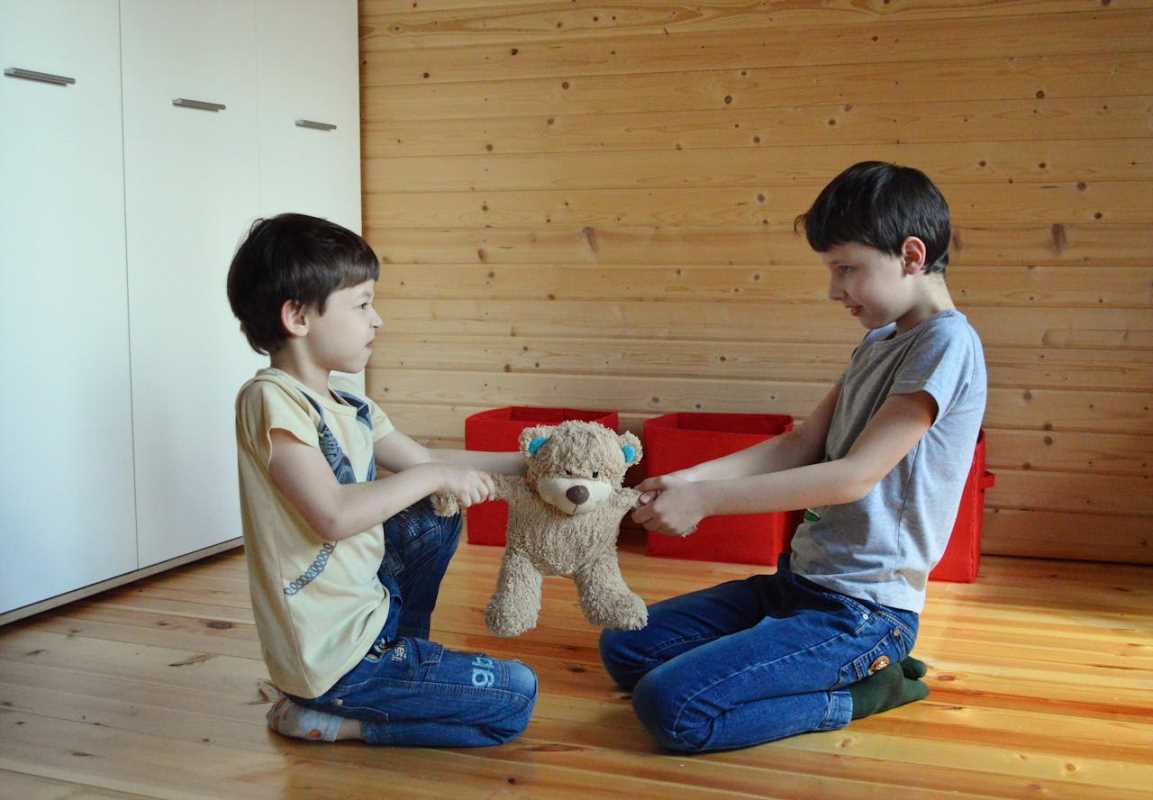The classic image of family quality time—long, uninterrupted evenings spent around a dinner table or a board game—feels increasingly out of reach for many. Between demanding work schedules, school activities, and the constant pull of digital devices, finding meaningful moments to connect can feel like another item on an overflowing to-do list. However, modern families are discovering that "quality time" isn't about the quantity of hours but the quality of connection.
Instead of chasing an idealized version of family bonding, households are redefining what it means to be together. They are embracing small, intentional moments and creative rituals that fit into the rhythm of their real lives.
From Grand Gestures to Micro-Moments
The secret to more connection isn't always a week-long vacation or an elaborate weekend plan. It's often found in the small, consistent interactions woven into your daily routine.
The Five-Minute Connection
Look for opportunities to engage in short, focused bursts. This could be a five-minute chat with your child before they leave for school, where all devices are put away. It might be a shared moment of laughter while watching a funny video together or a quick hug in the hallway. These micro-moments accumulate, strengthening your family's emotional foundation one interaction at a time.
The "High-Low-Go" Ritual
A popular and effective way to spark conversation is the "High-Low-Go" check-in, perfect for dinnertime or before bed. Each person shares their high point of the day, their low point, and something they are looking forward to (the "go"). This simple structure encourages empathy and gives everyone a voice.
Screen-Positive Rituals: Connecting Through Technology
Screens are often blamed for pulling families apart, but they can also be powerful tools for connection when used intentionally. The key is shifting from parallel consumption to active, shared experiences.
Co-Watch and Co-Create
Instead of everyone retreating to their own devices, establish a family movie night or commit to watching a weekly series together. Discuss the plot, characters, and themes afterward. You can also co-create with technology. Work together on a digital photo album, create a family playlist on a streaming service, or try a collaborative video game that requires teamwork and communication.
The Virtual Family Drop-In
For families with members living far apart, technology is a bridge. Schedule regular video calls with grandparents, aunts, and uncles. These can be more than a conversation. Try playing online games, reading a story to a young relative, or even cooking the same recipe together in your respective kitchens for a virtual shared meal.
The Analog Comeback: Screen-Free Family Activities at Home
In response to digital saturation, many are rediscovering the joy of hands-on, analog activities. These screen-free family activities at home offer a tactile and calming way to connect.
- Board Game Renaissance: Dust off old classics or explore the new wave of cooperative board games where players work together toward a common goal.
- Craft and Creation Station: Set up a designated space with art supplies. You can tackle a specific project, like painting pottery or building a model, or simply leave materials out for spontaneous creation.
- Family Puzzles: Working on a large jigsaw puzzle over several days allows family members to contribute as they have time, creating a low-pressure, collaborative project.
Micro-Adventures and Learning Projects
You don't need to travel far to find adventure or learn something new. Meaningful family traditions can be built right in your own community.
Exploring Your Own Backyard
Search for "fun family activities near me" to uncover local gems you may have overlooked. Plan a micro-adventure to a nearby park you've never visited, explore a new hiking trail, or have a picnic at a local monument. The novelty of exploring a new place together, even if it's a few miles from home, creates lasting memories.
The Family Learning Project
Unite around a shared interest. Start a family book club, with each member taking a turn to pick a book. If your family loves food, try a STEM-inspired cooking project where you explore the science behind baking. These projects encourage collaboration and turn learning into a fun, collective endeavor.
Intergenerational and Community Connections
Strengthening family bonds can also involve looking outward. Creating traditions around cultural exchange and service builds character and a sense of shared purpose.
Weaving in Cultural and Intergenerational Exchanges
Intergenerational family bonding is crucial for a strong family identity. Invite grandparents or older relatives to teach a skill, whether it's baking a traditional recipe, gardening, or sharing stories from their youth. This honors their experience and gives younger generations a connection to their heritage.
Starting a Service Tradition
Volunteering as a family is a powerful way to build empathy and create meaningful family traditions. You could participate in a local park cleanup, help out at an animal shelter, or assemble care packages for a community organization. These activities foster a sense of gratitude and shared values.
How to Make It Stick: Building Lasting Habits
Introducing new ideas is one thing; turning them into lasting routines is another.
- Start Small: Don't try to implement everything at once. Choose one or two new rituals that genuinely excite your family.
- Use a Shared Calendar: Put your family activities on a shared digital or physical calendar. This gives them the same importance as other appointments and builds anticipation.
- Establish Mindful Routines: Create "tech check-in" times where everyone discusses their digital usage. Having designated tech-free zones or times, like during meals, can also help prioritize face-to-face interaction.
- Be Flexible: The goal is connection, not perfection. If a planned activity falls through, pivot to something simpler. The effort and intention are what count.
 (Image via
(Image via





